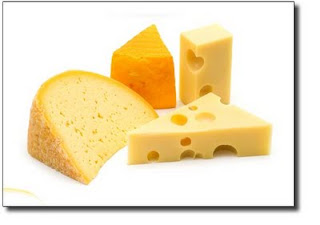Today I realized how much I appreciate my rubber boots. They are all the rage this time of year. Did you know...
In his book, The Reign of Rubber, Dr. William C. Greer identifies native people on the
banks of the Amazon River as the creators of the first rubber overshoes in 1800. Arthur Wellesley, the first Duke of Wellington, commissioned a set of boots in 1817 that could easily be worn underneath trousers. Since then, rubber boots are often called Wellingtons. In 1844, Charles Goodyear created the process of vulcanization; this method, which combines heat and sulfur to increase durability, improved the manufacturing efficiency of rubber boots and shoes.
Rubber boots are divided between Wellingtons and galoshes. Wellingtons fit snugly around the foot and leg; galoshes are overshoes and require another set of footwear to be worn in conjunction. Galoshes also come in two types. The first is thick soled and made of heavy rubber; this type of rubber boot is meant for extended periods of walking in wet areas. The second is made of a thinner and more elastic rubber; these boots are intended to provide portable protection against dampness.
Rubber boots are used to protect the feet and lower legs against wetness. Their heavy sole and durable lining provide protection against extreme temperatures, high water levels and rough terrain. Rubber boots are invaluable to soldiers, farmers, laborers and anyone residing in areas with heavy precipitation. Overshoes cover regular footwear and shield shoes from temperature and water damage.
Read more:
The History of Rubber Boots | eHow.com http://www.ehow.com/about_5127251_history-rubber-boots.html#ixzz1IbTMp4C9
So I guess the people on the banks of the Amazon are the ones to credit with the creation of the rubber boot. Thanks!
In honor of the lowly rubber boot, I've written a little tribute-
When March snows give way to
April's mud,
And my mucklucs are put away,
I go in search of my
rubber boots,
So I can go out and play.
I wear them in the barn and
in the field,
And checking trees for sap.
I wear them over muskeg and
the moguls,
And checking beaver trap.
So thank you faithful, rubber
boots.
You have not let me down.
'Til old and leaky you become
And my socks and feet are drown.
From Glory Farm
